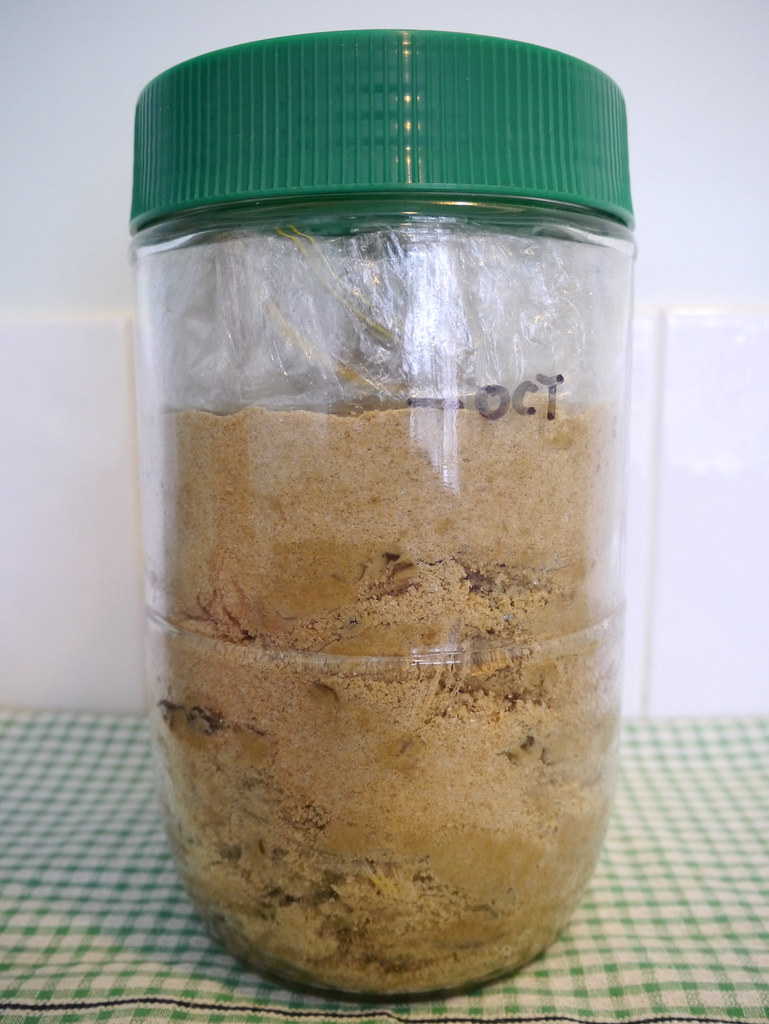
The freshly made jar of padaek. Hopefully, it will ferment without any issues.
Made on Wednesday, 8th October, 2014.
[dropcap]As[/dropcap] you can see from the recent update of the first jar of padaek – it’s now 9 months old, and over the last 4 months, it seems to have remained in some form of hibernation mode (even after being prized by stirring) – resulting in zero to miniscule visual change/reduction/fermentation. [sigh]
As promised several months ago, after some concern of the possible success of the first jar of padaek (still, anything is possible) – I finally went ahead at making a new jar of padaek using a slightly different method. As you’ll see why in the photos below, I’ve named this jar of padaek – Padaek #2 – the dry method/green lid edition!
So off we drove to the Sydney Fish Markets and bought 1 KG of fish for the experiment.
This new method/recipe is very similar to the first padaek recipe. The major difference is that with Padaek #2, the fish was not left to rest with the salt in the fridge overnight. Instead, once the fish was cleaned and drained – it was simply thoroughly mixed with the sea salt and rice bran mixture, and then packed into a sterilised glass jar and sealed.
The other notable difference with this method/recipe is that I used ordinary “SAXA” Table Salt, instead of the fancy pantsy Himalayan Pink Rock Salt.
It looks like I used the same type/species of fish – Sillago flindersi. Although, this time round it was labelled as “Eastern School Whiting” instead of “Red Spot Whiting”. Heaven knows why they want to confuse me like that. Probably just another moniker. I don’t really know.
To be particular, and if my eyes and memory serve me correctly, the fish used in this recipe is slightly smaller that the ones used in the first recipe. Also, the lid of the jar used in this method is green plastic instead of bronze metal. Probably makes absolutely no difference, but just an observational note!
Besides that, all the other factors remained the same as the first recipe.
This “dry” method/recipe was inspired by and is similar to the Padek recipe by Ting at Playing With Food and The Making of Padaek photos kindly posted by Walter Vermeulen on Flickr. Although, I think I might have packed my padaek a little too tightly in the jar. Doesn’t stop does it?!
Anyhow, let’s hope it will turn out well, and taste ultra delicious, saab and noah (umami)! Please pray with me.
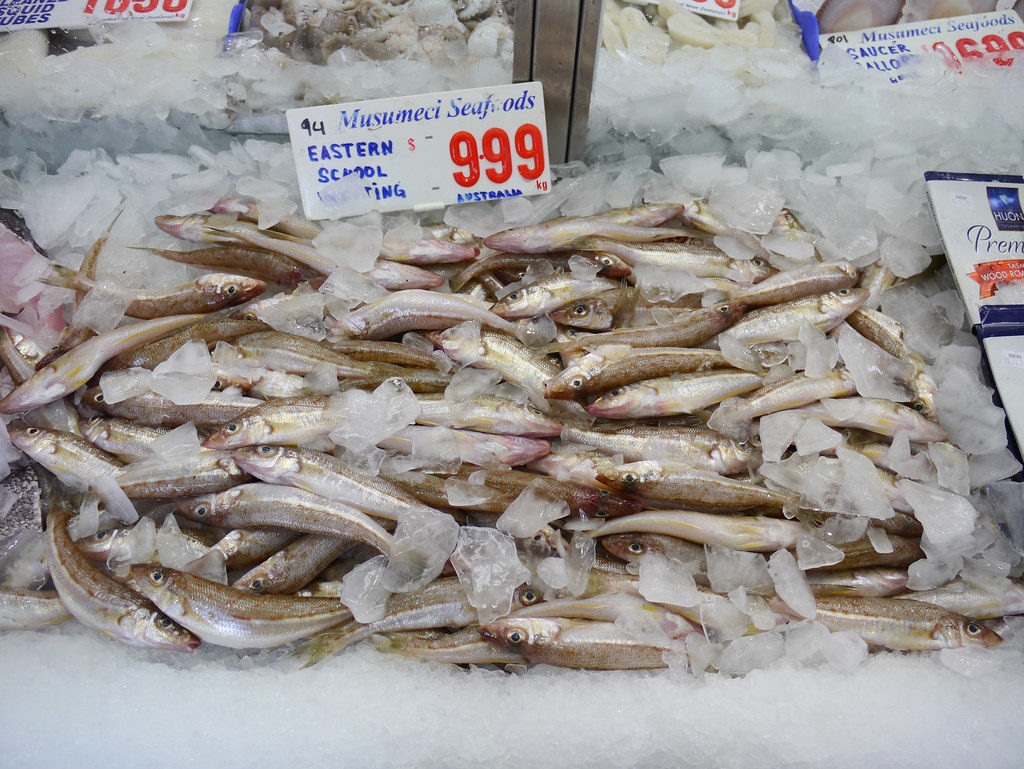
Eastern School Whiting at Musumeci Seafoods at Sydney Fish Markets.
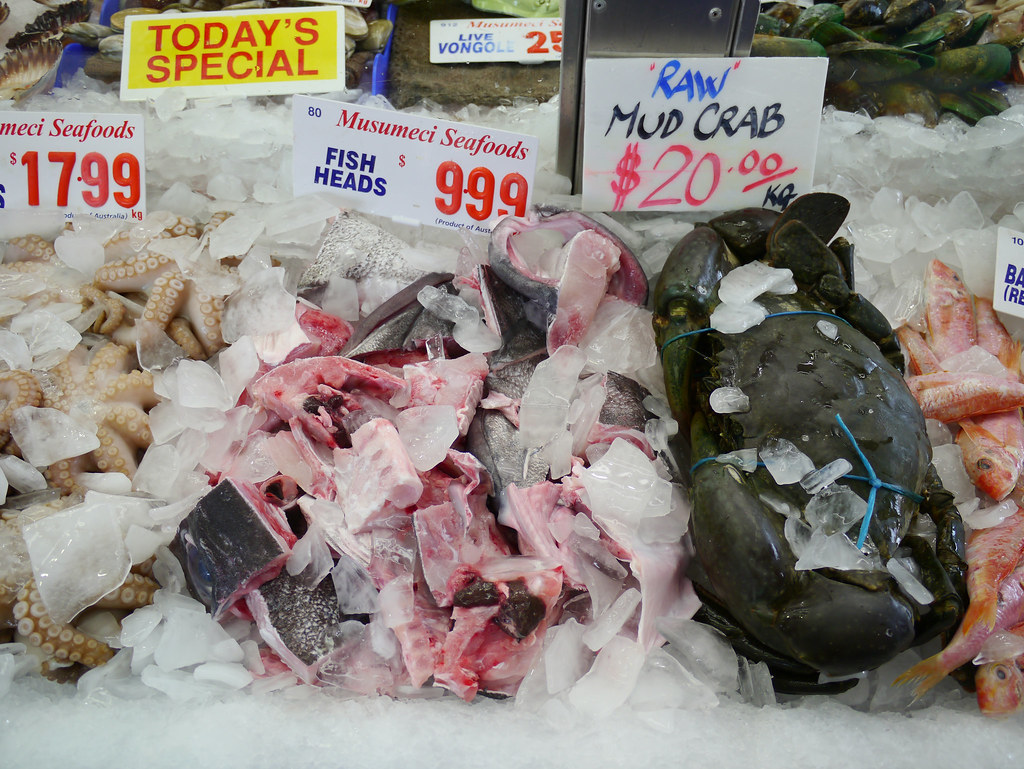
Other fish/seafood goodies for sale.

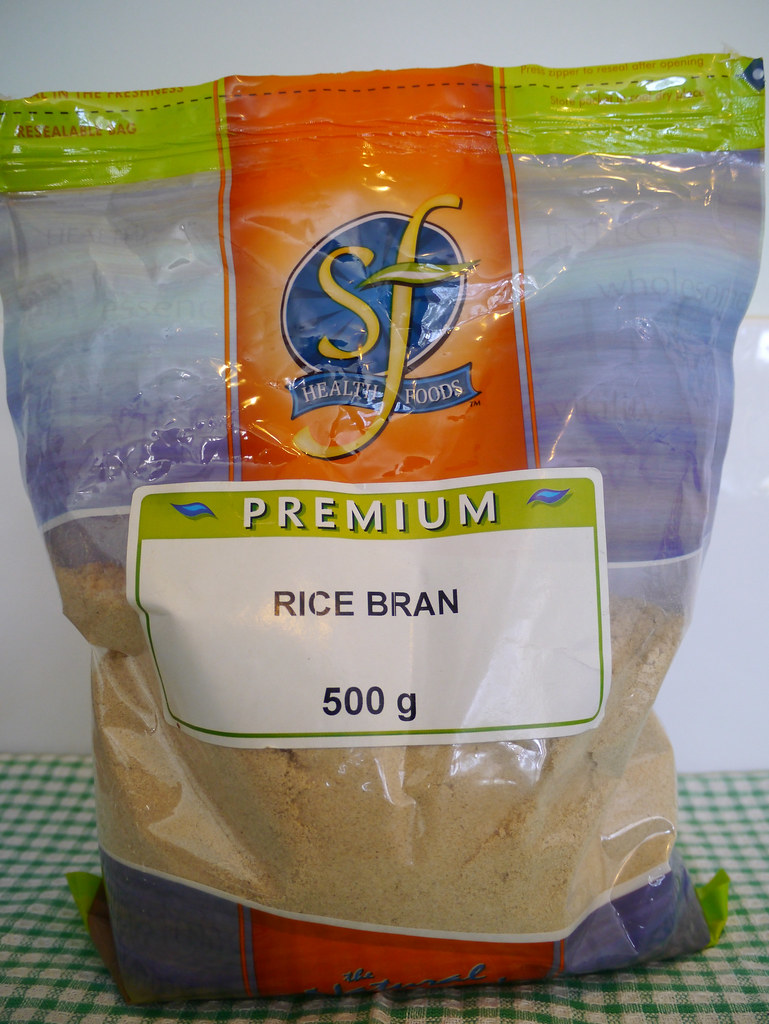
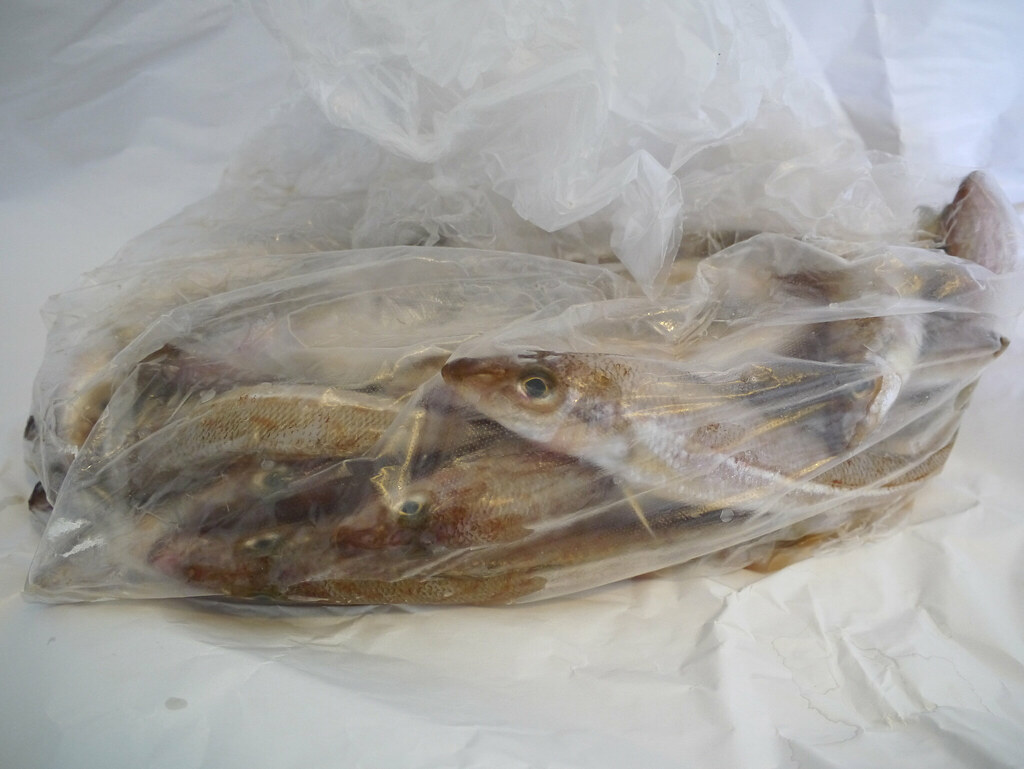

First, prepare the fish.
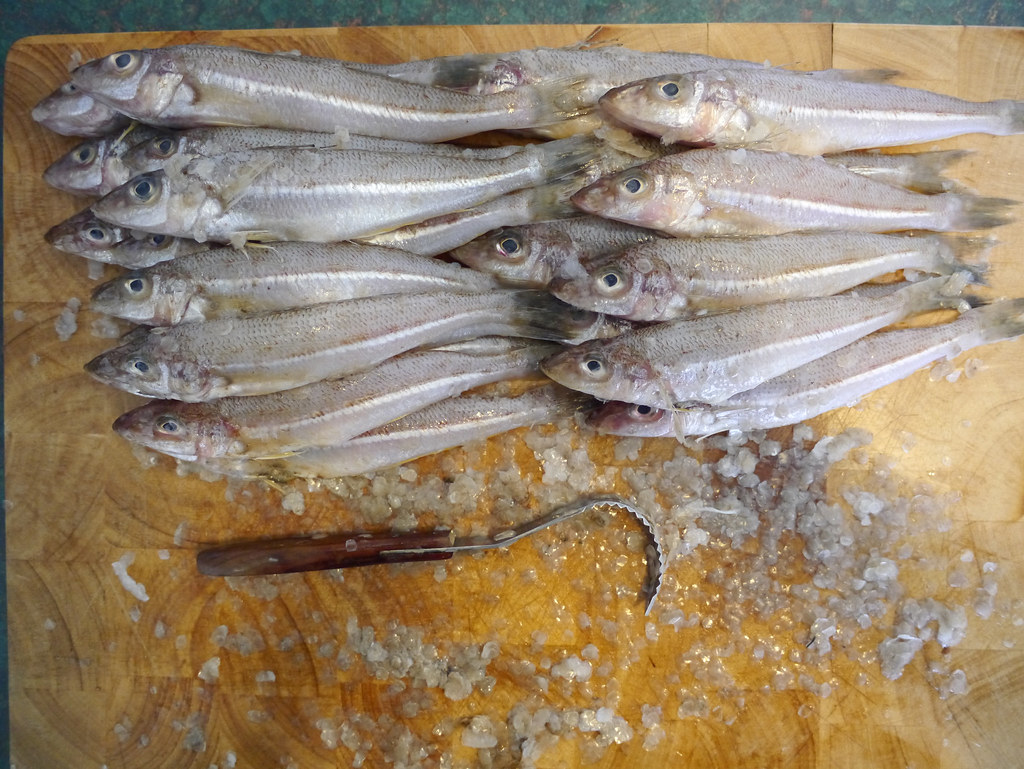
Carefully scale and gut the fish.
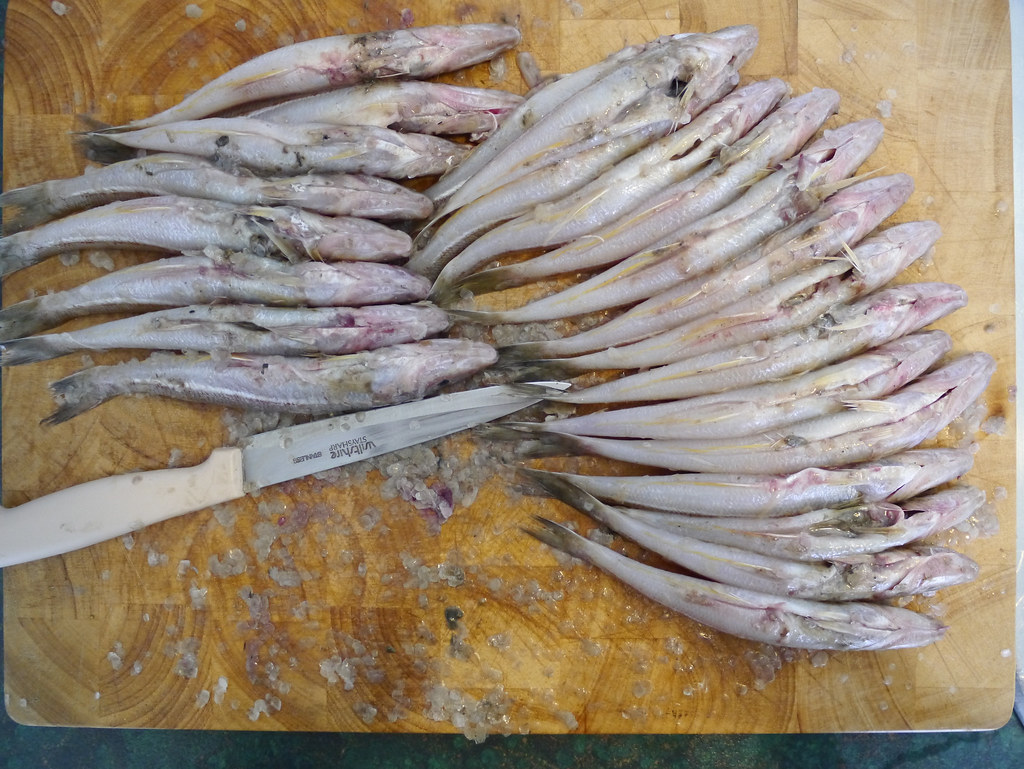

Remove the innards and gills.
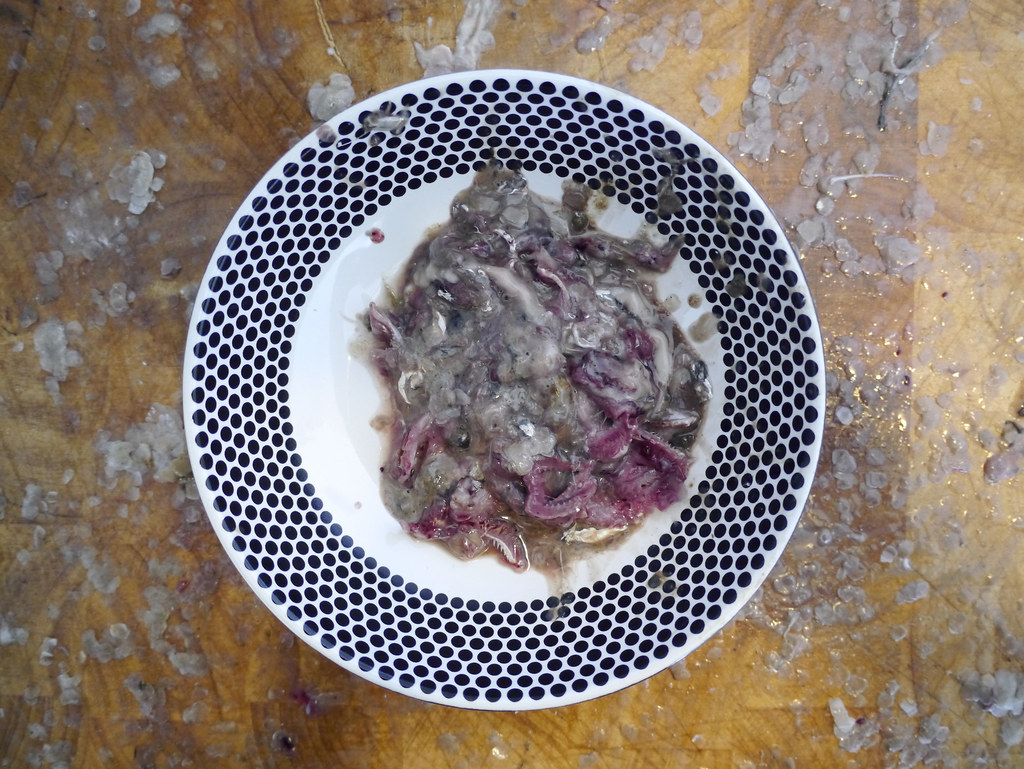
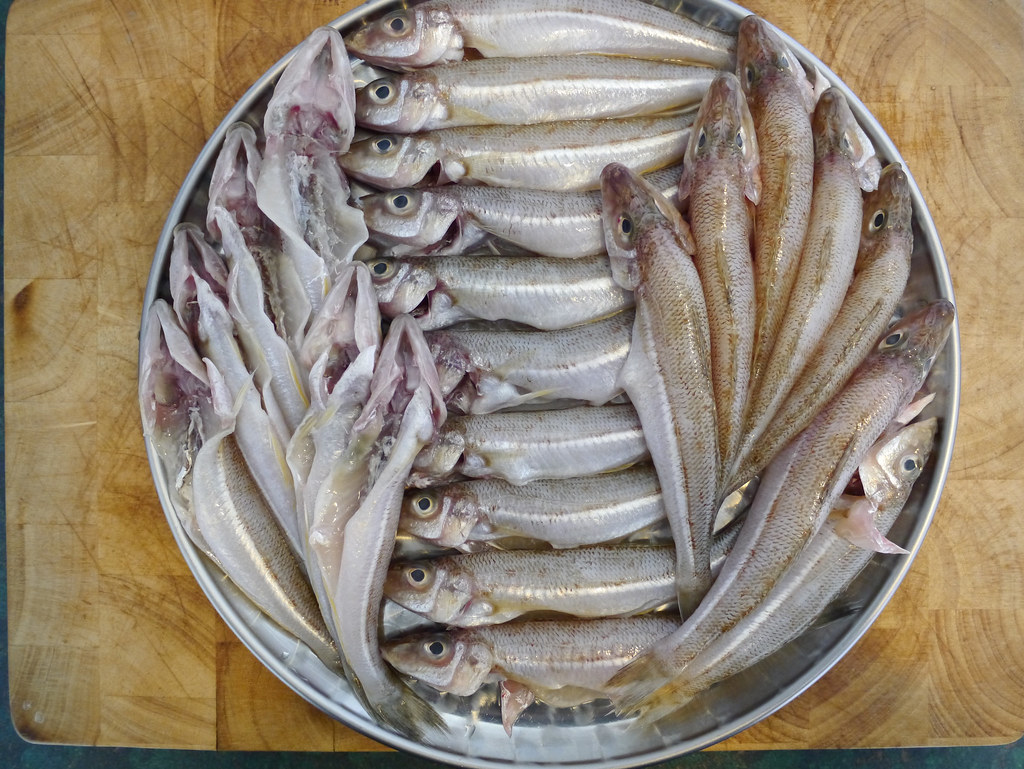
Wash the fish and then let them drain.
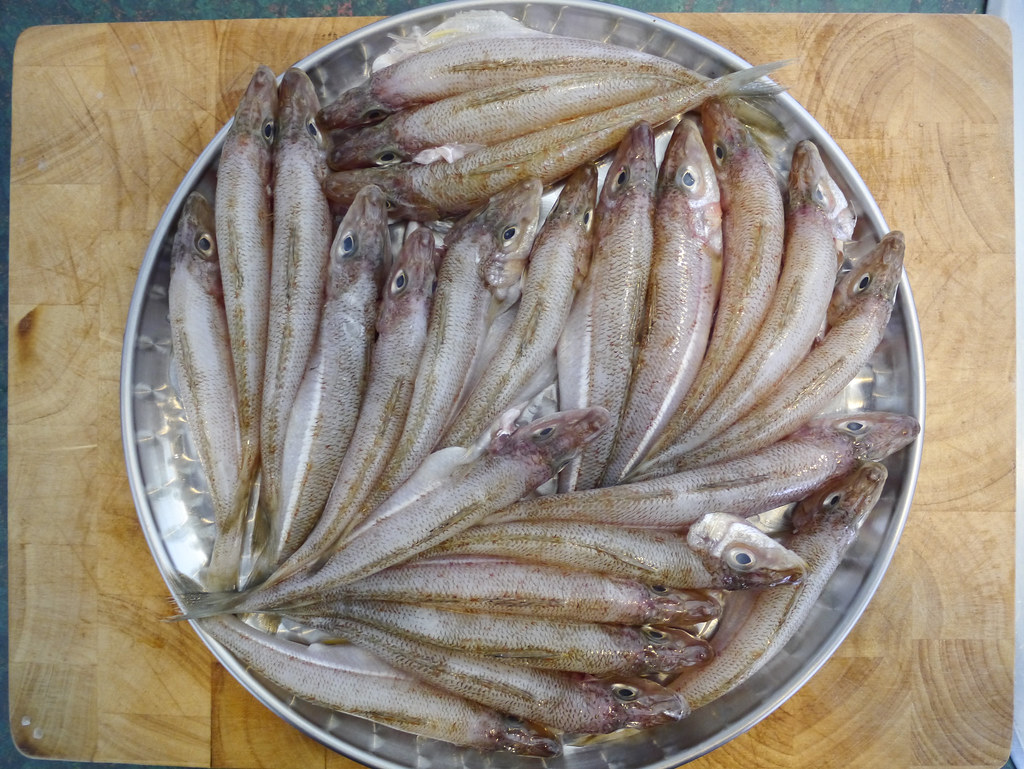
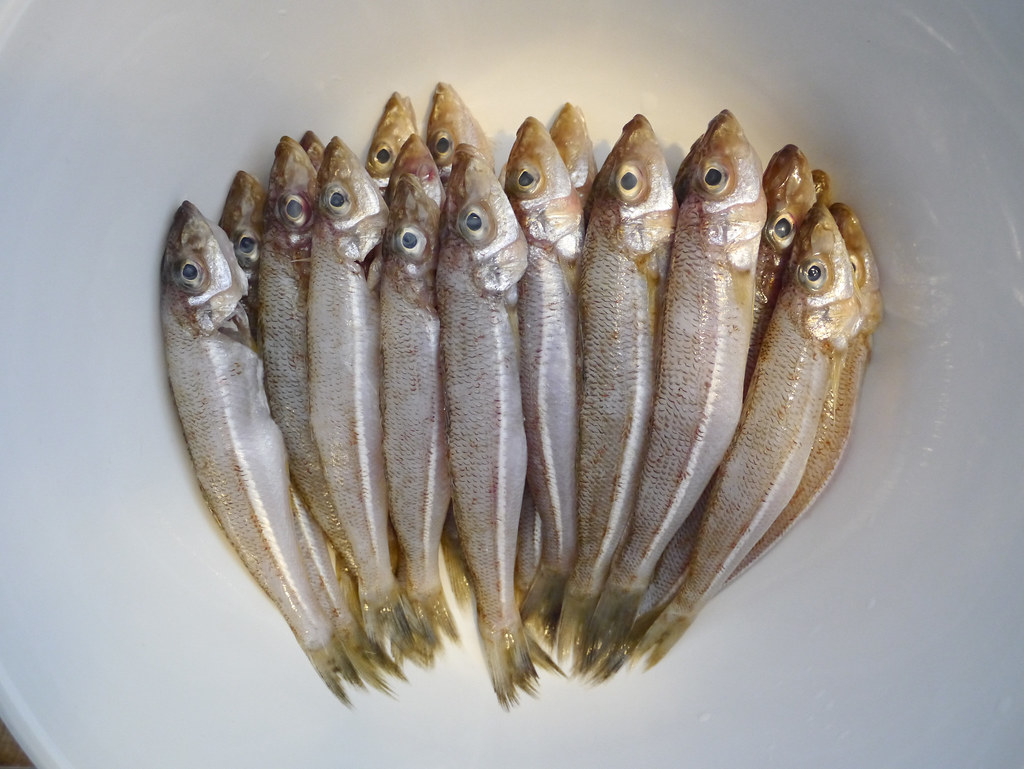
Place the fish in a large mixing bowl.

Add the salt and rice bran.
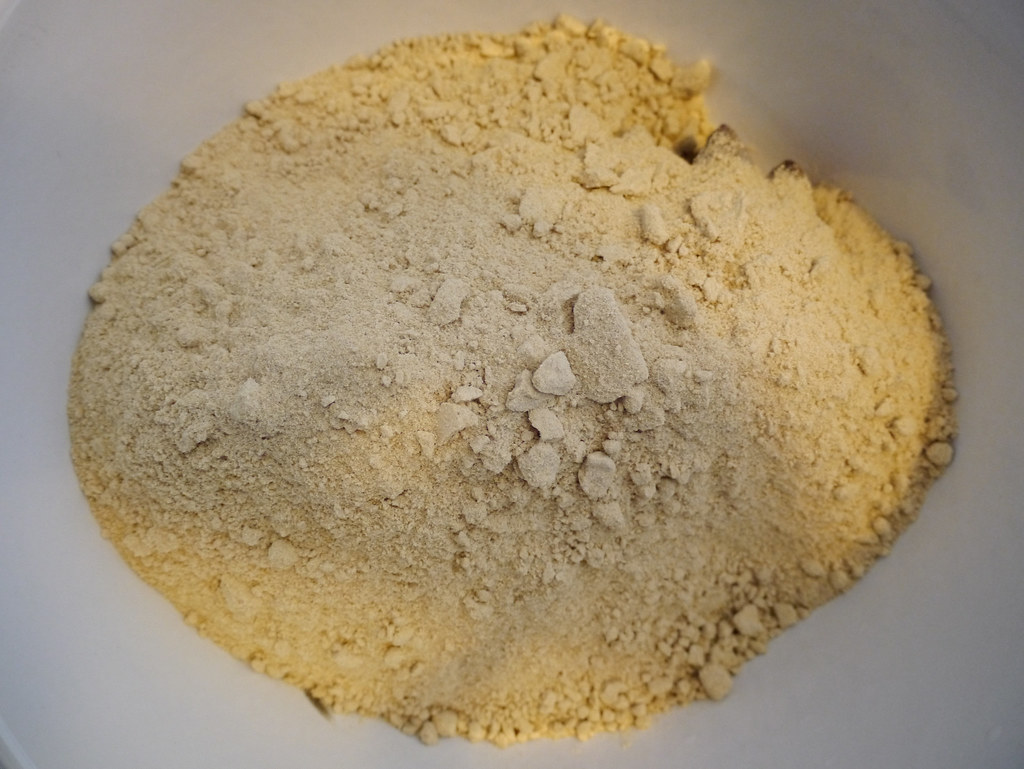
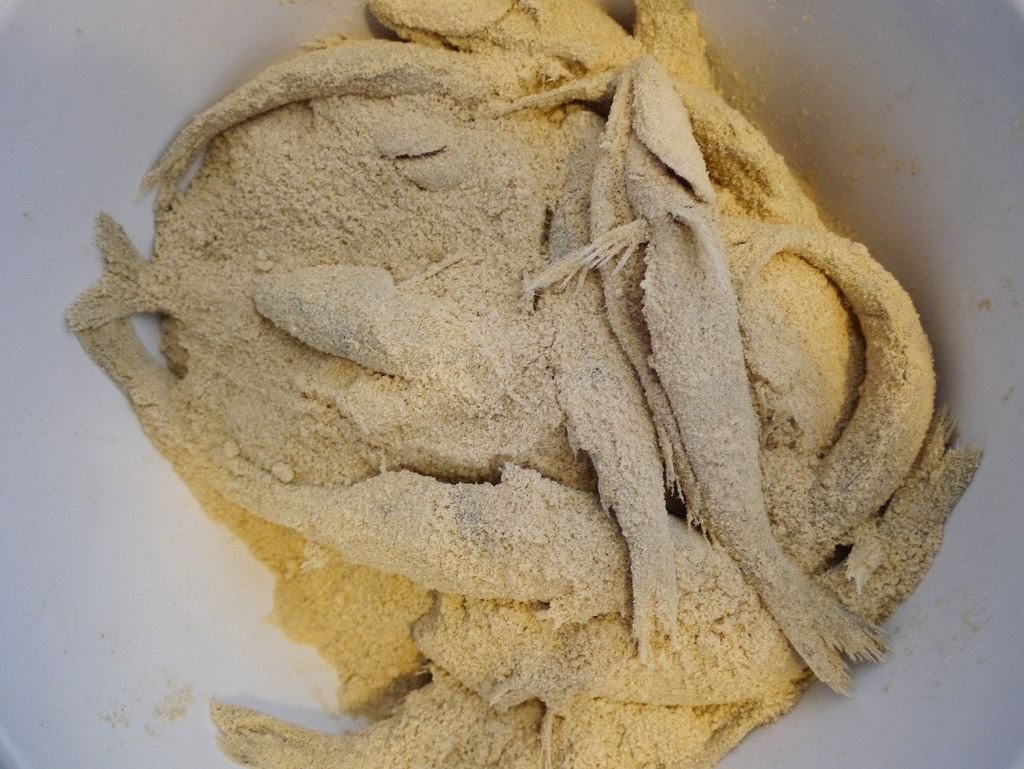
With your hands, carefully mix together well.
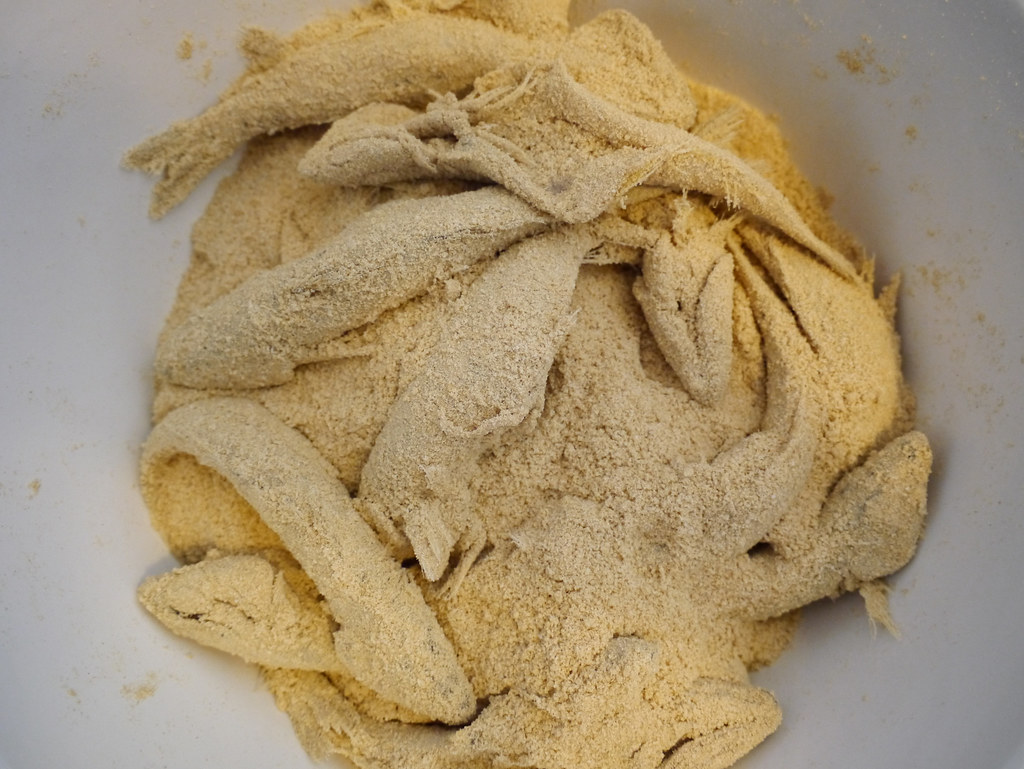
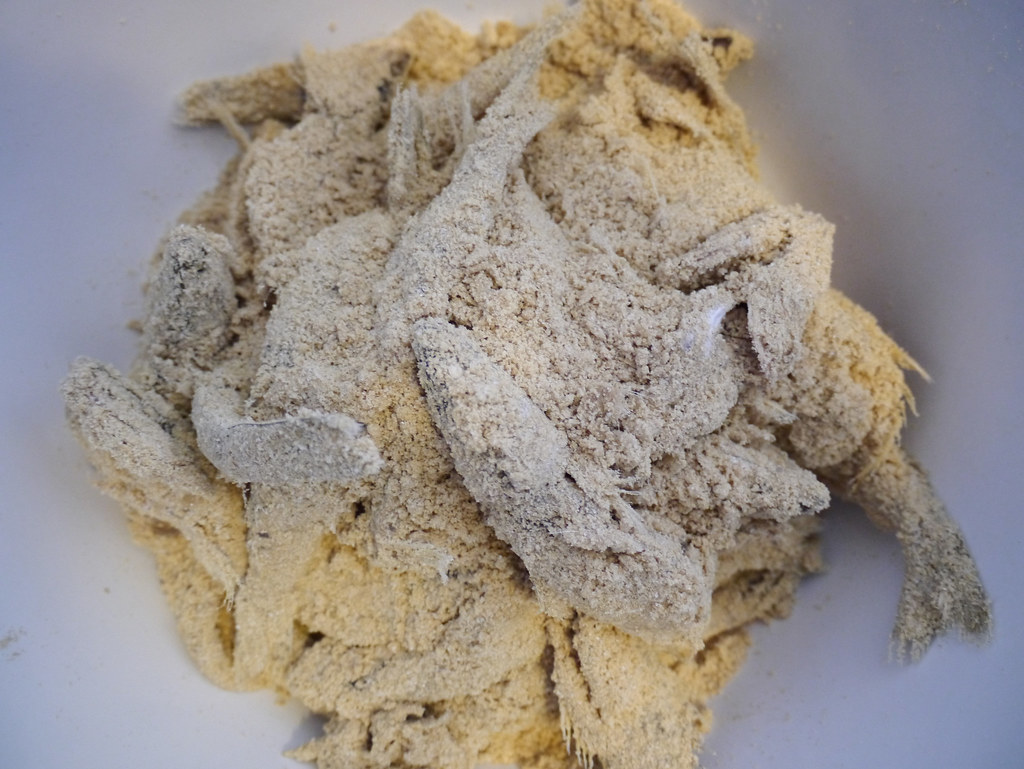
Squeeze the fish into the salt and rice brand mixture. Ensure the fish cavities are covered with the mixture. Be careful of the sharp fish spines and bones when doing this!
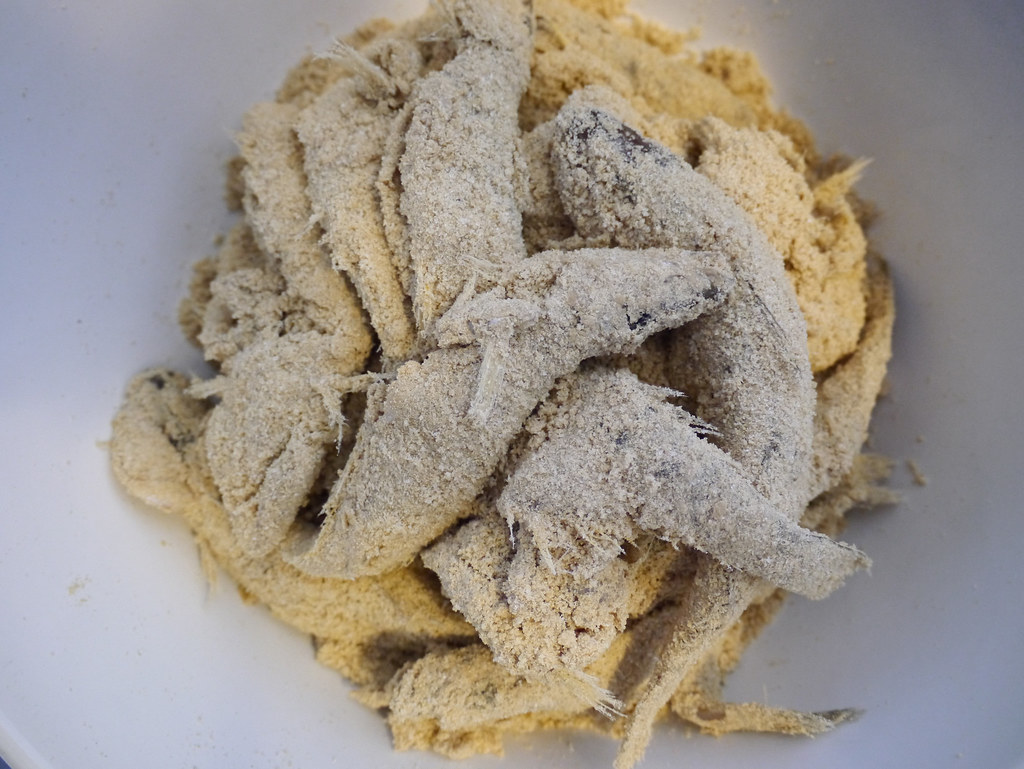
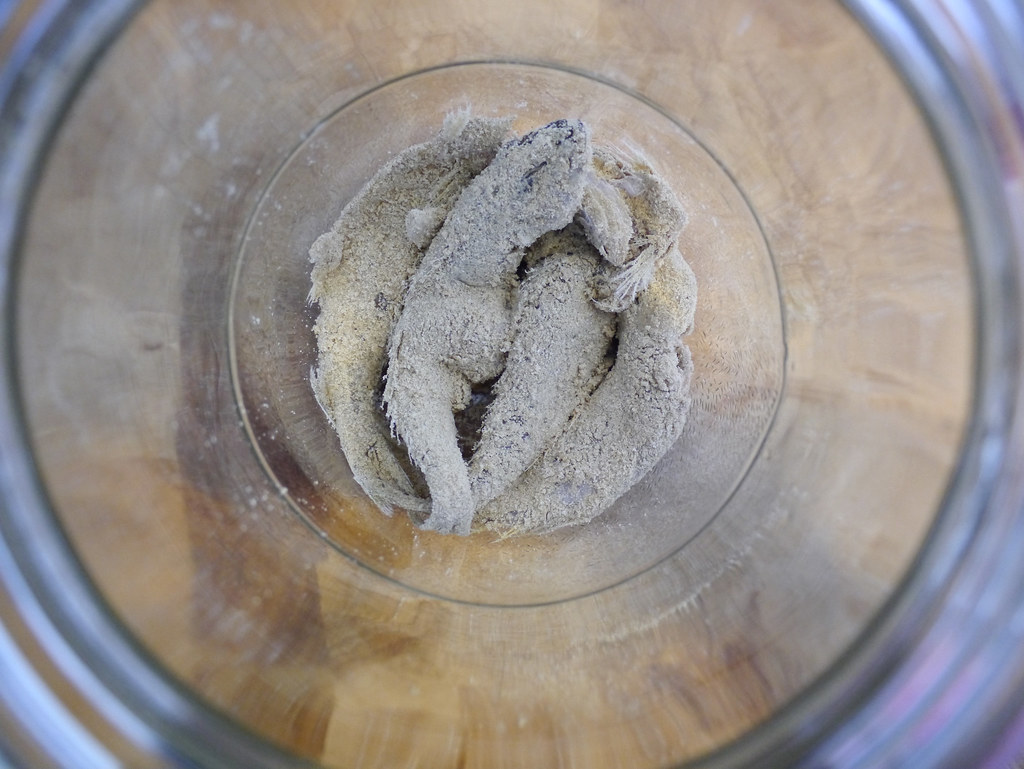
Transfer the fish pieces and the salt and rice bran mixture into a sterilised 2L glass jar.
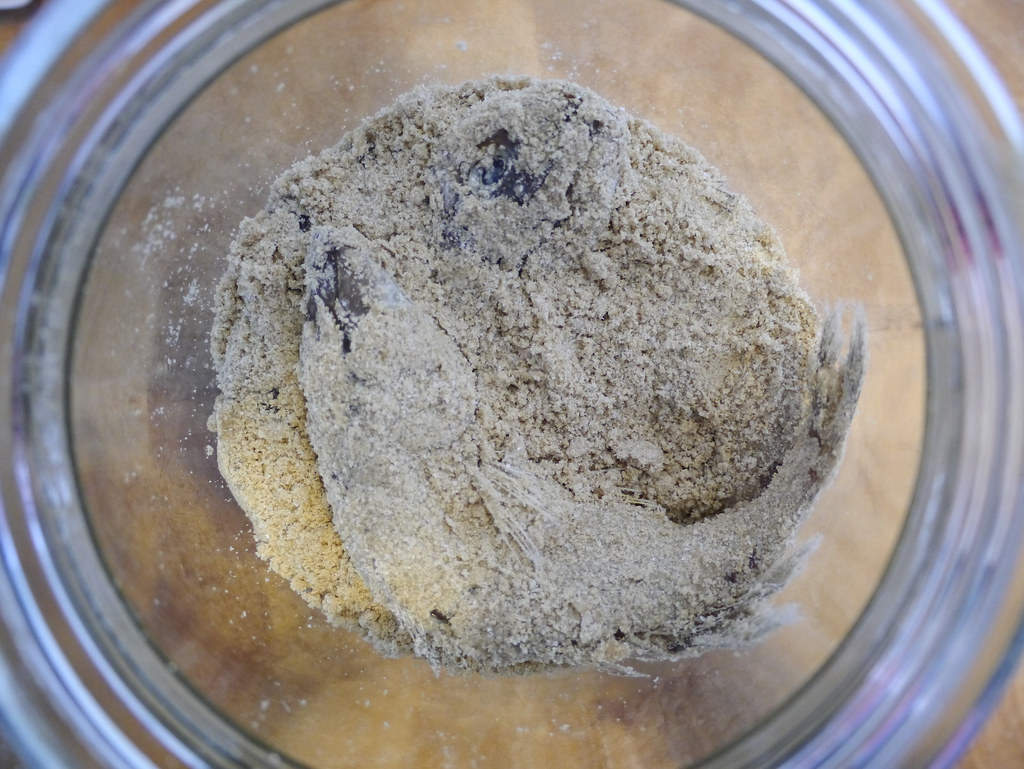
Press them down as you do this.

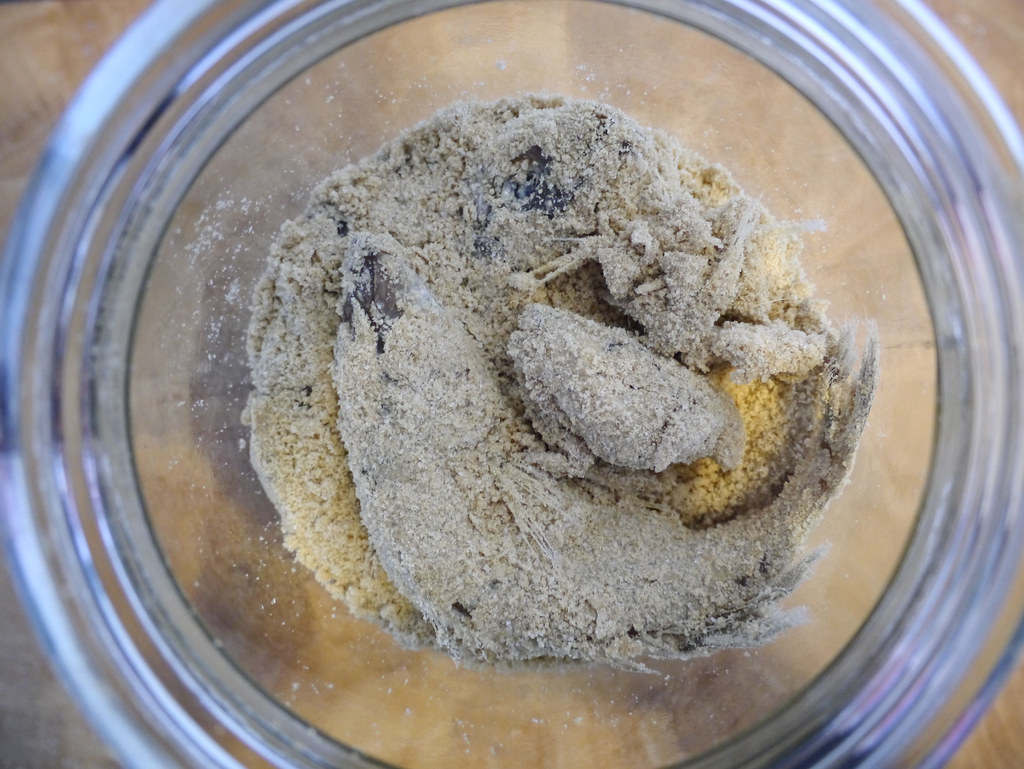
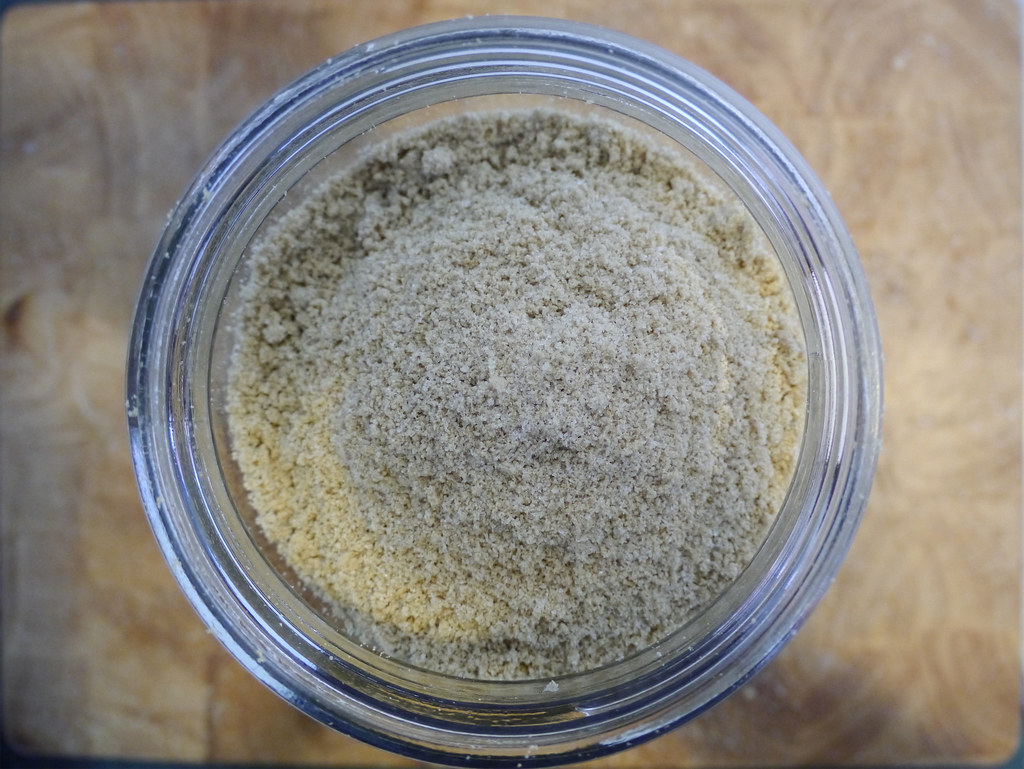
Pour in the remaining salt and rice brand mixture and press down firmly.
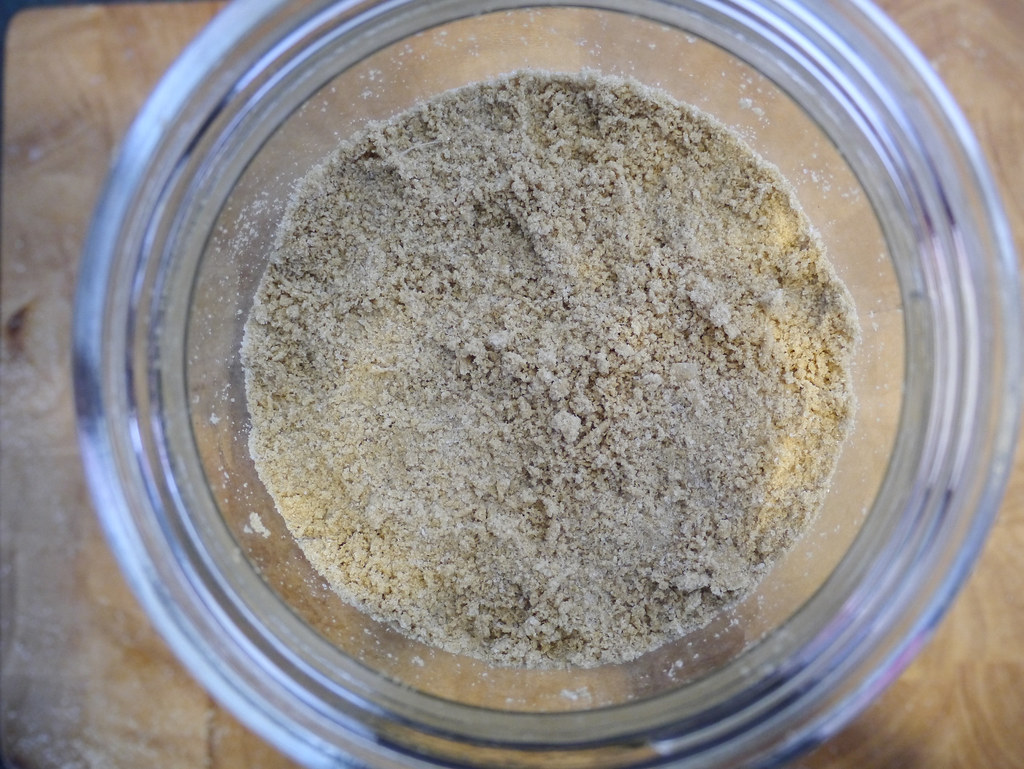
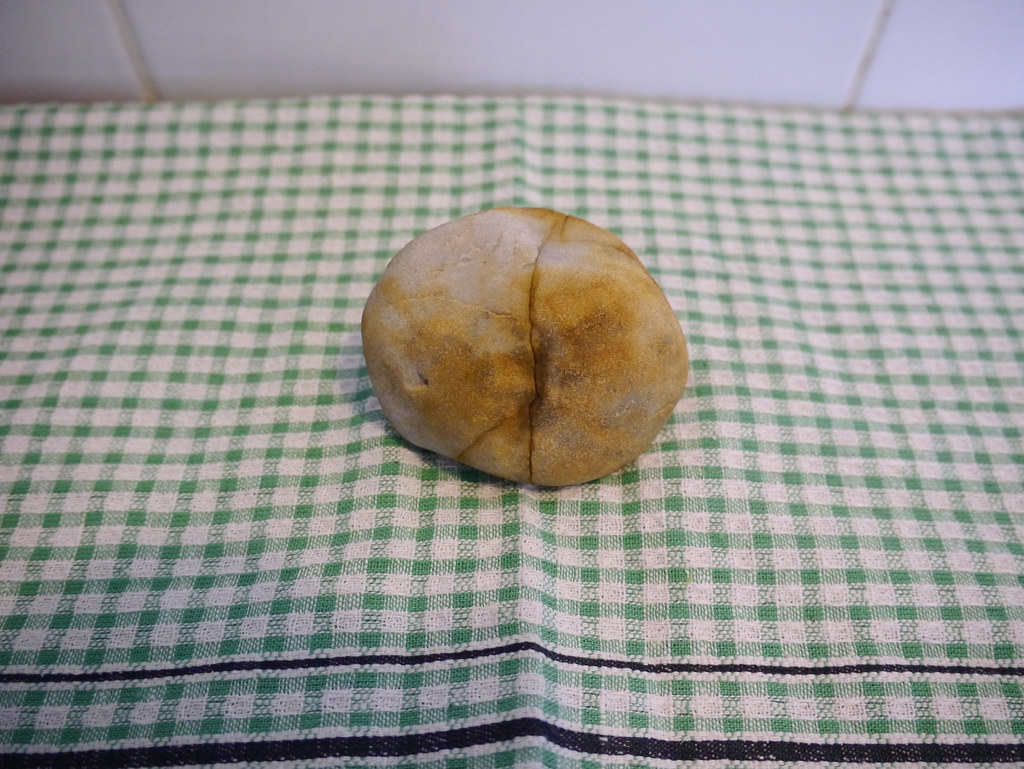
A stone that looks like a plant that looks like a stone.
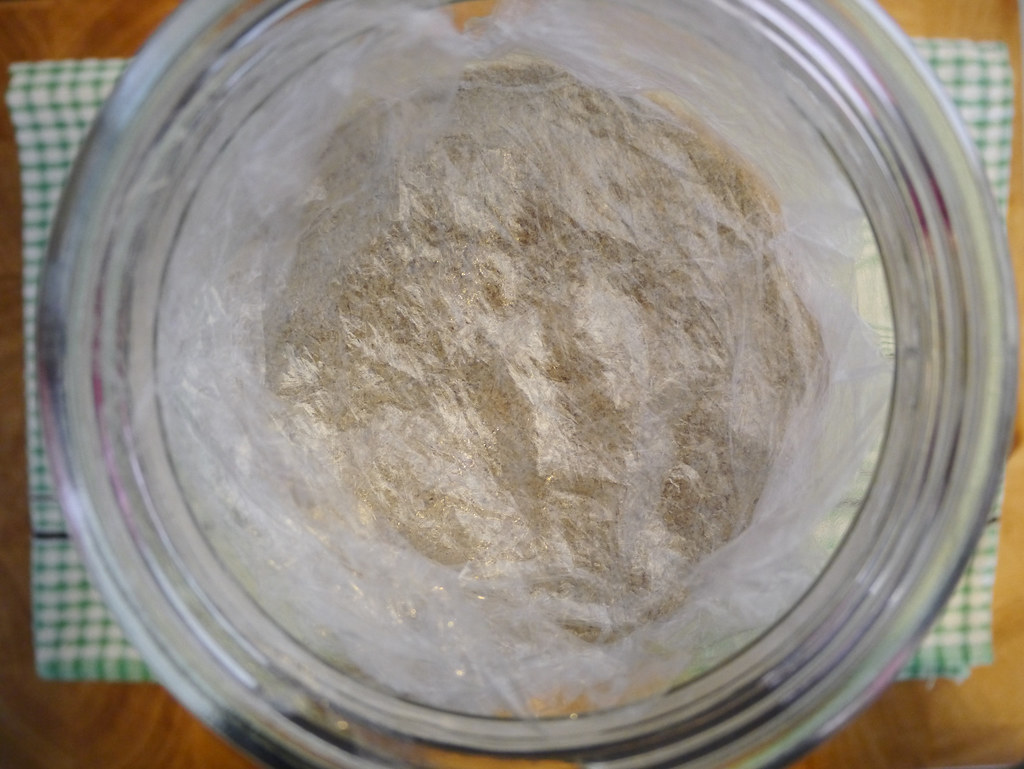
Place a couple of layers of cling wrap on the surface.
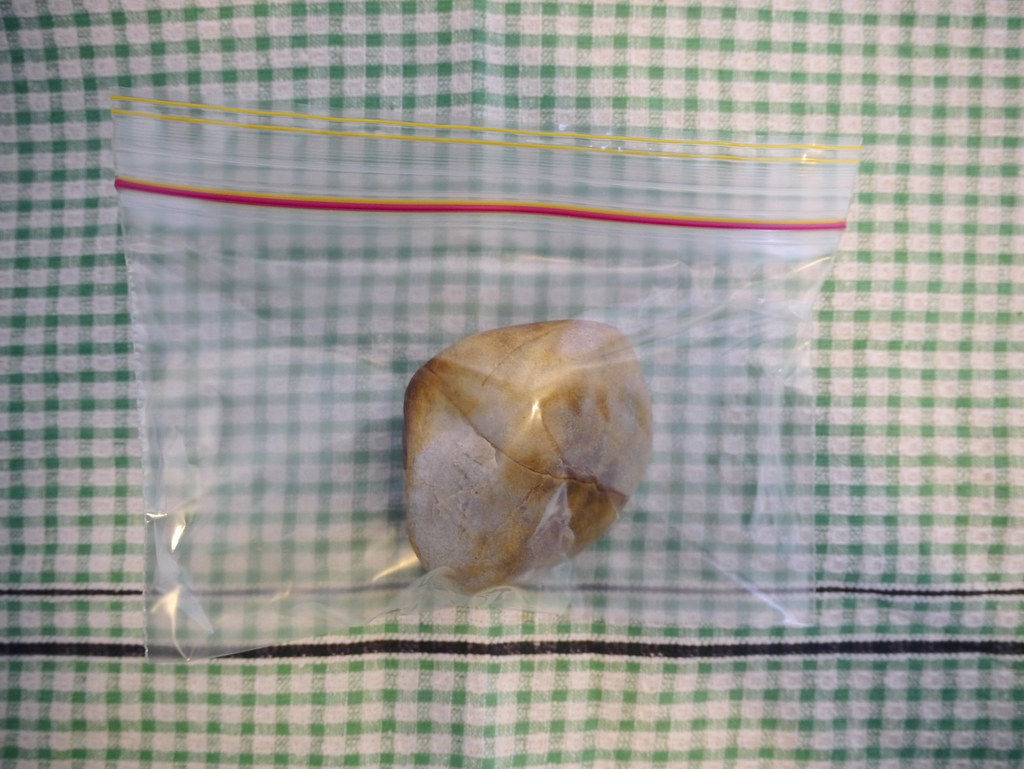
Place a washed and boiled smooth river stone in a small ziplock bag and seal.
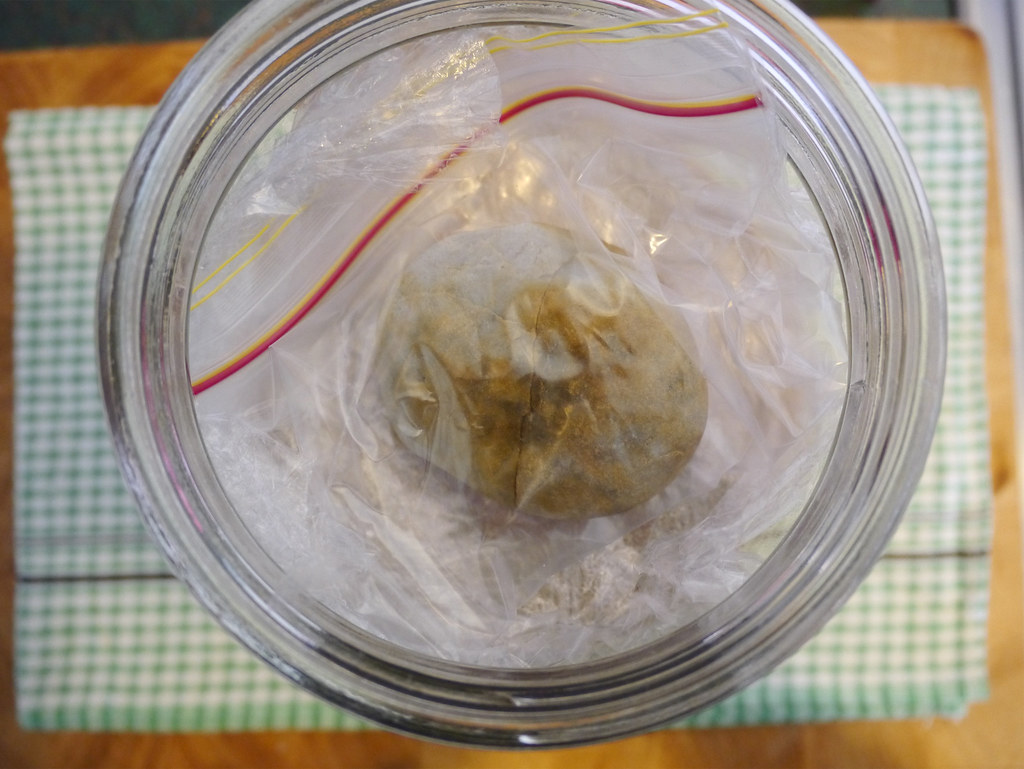
Place the ziplock bag on top of the cling wrap.
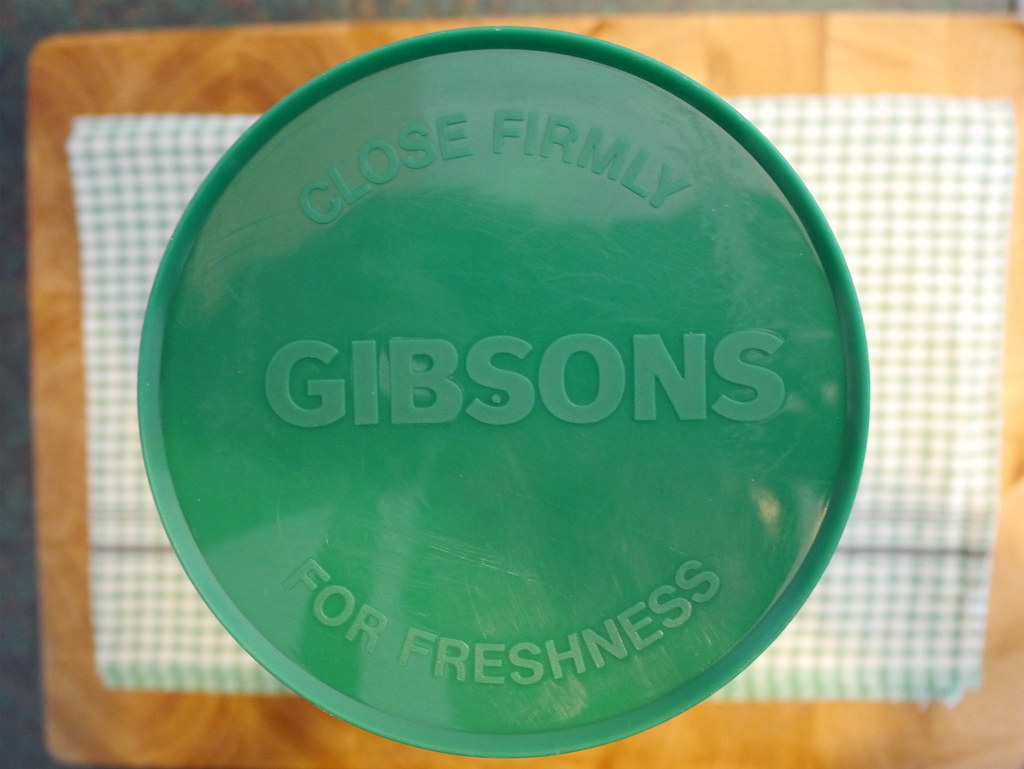
Place the lid back on the jar and seal tightly. Store the freshly made jar of padaek in a safe place (for example, a kitchen cupboard). Let the padaek ferment for at least 6 months!
- 1 KG of Eastern School Whiting (Sillago flindersi)
- 250 grams of sea salt
- 250 grams of rice bran
- First, prepare the fish. Carefully scale and gut the fish. Remove the innards and gills. Wash the fish and then let them drain.
- Place the fish in a large mixing bowl. Add the salt and rice bran. With your hands, carefully mix together well.
- Squeeze the fish into the salt and rice brand mixture. Ensure the fish cavities are covered with the mixture. Be careful of the sharp fish spines and bones when doing this!
- Transfer the fish pieces and the salt and rice bran mixture into a sterilised 2L glass jar. Press them down as you do this.
- Pour in the remaining salt and rice brand mixture and press down firmly.
- Place a couple of layers of cling wrap on the surface.
- Place a washed and boiled smooth river stone in a small ziplock bag and seal. Place the bag on top of the cling wrap.
- Place the lid back on the jar and seal tightly.
- Store the freshly made jar of padaek in a safe place (for example, a kitchen cupboard). Let the padaek ferment for at least 6 months!
1 sterilised 2L glass jar with resealable lid
cling wrap
1 washed and boiled smooth river stone
1 small ziplock bag
